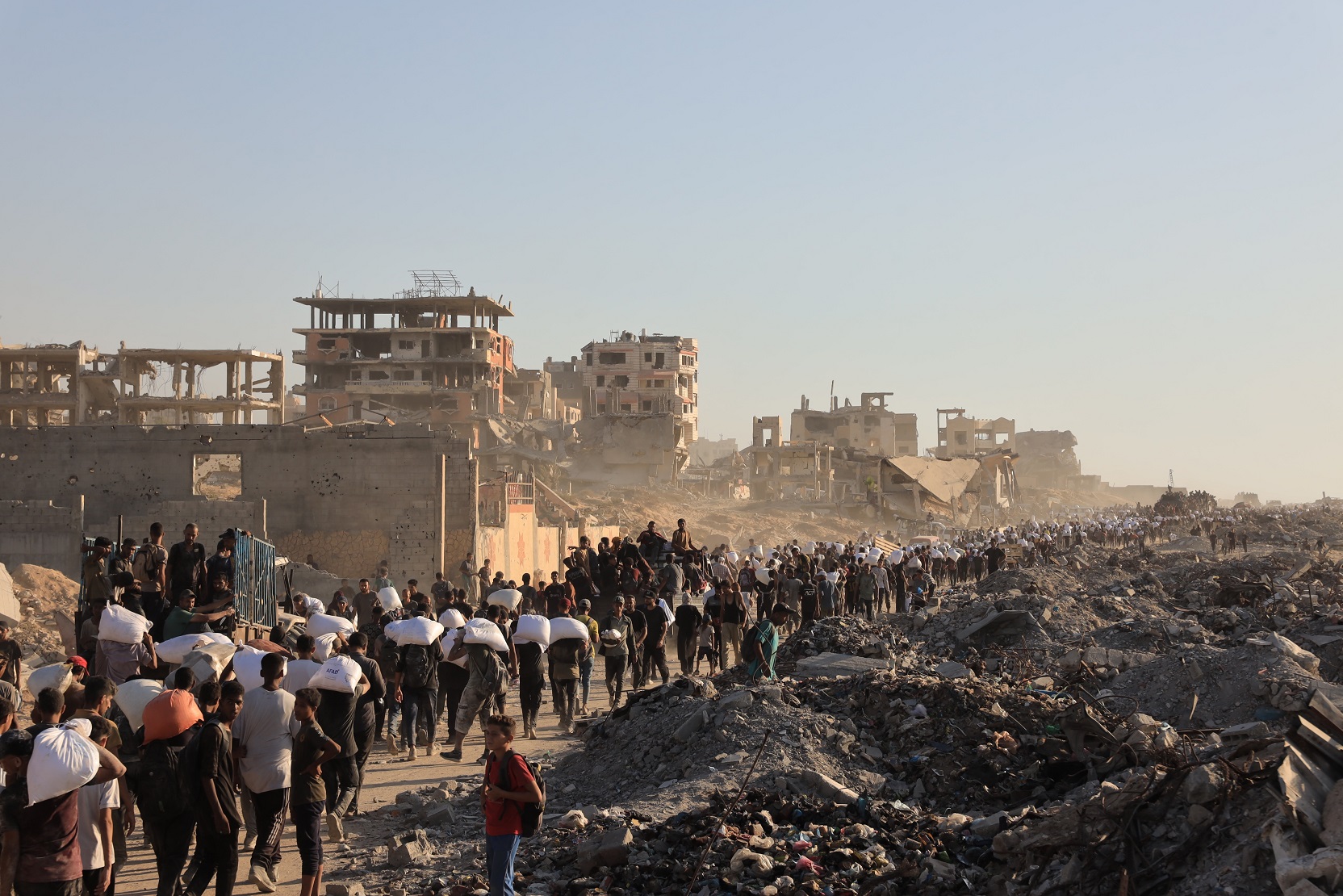12 Oct 2025

Malec Paoli-Devictor
Environmental analyst and journalist
In Gaza, starvation is not an accident of war—it is a calculated strategy. With over 2.1 million people trapped under siege, the systematic denial of food, water, and medicine has pushed an entire population into catastrophic hunger. While recent ceasefires briefly opened corridors for aid, the respite is fleeting, and the obstacles to lasting relief remain deeply entrenched.

The prolonged blockade and conflict in Gaza have created one of the most severe humanitarian crises of the 21st century, with starvation weaponized against a civilian population. Since early 2025, Israel's intensified restrictions have cut off food, water, and medical supplies, pushing 2.1 million people to the brink of famine. UN experts and humanitarian organizations like Amnesty International warn that this systematic deprivation constitutes a potential act of genocide, with hunger used as a tool of war.[1] During periods of escalated violence, civilians face an impossible choice: risk death by gunfire while queuing for food at militarized distribution points or succumb to starvation.[2] Over 500 Palestinians have been killed and thousands injured in just weeks while attempting to access aid, underscoring the deadly consequences of obstructed humanitarian access.
Sources:
Comment
Reply